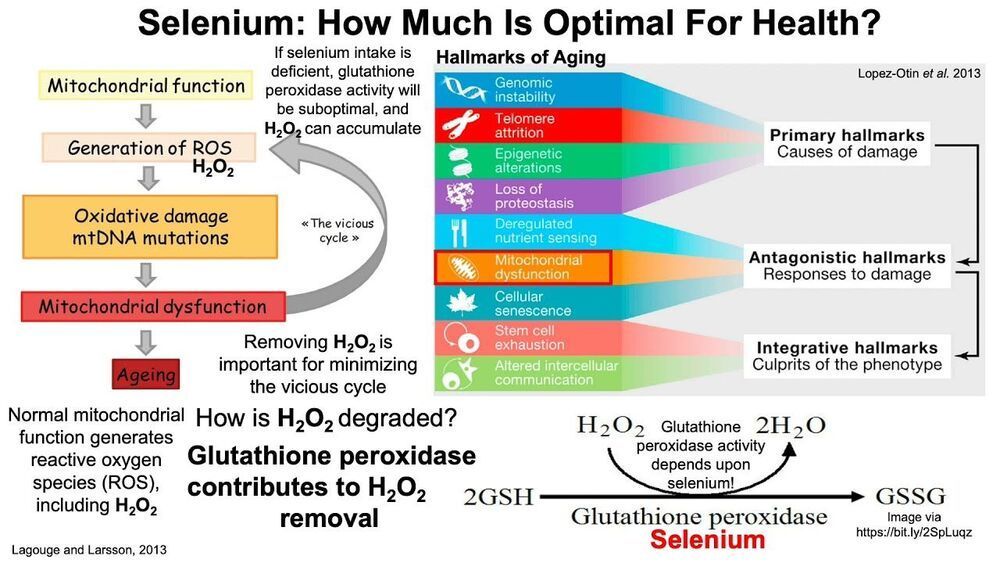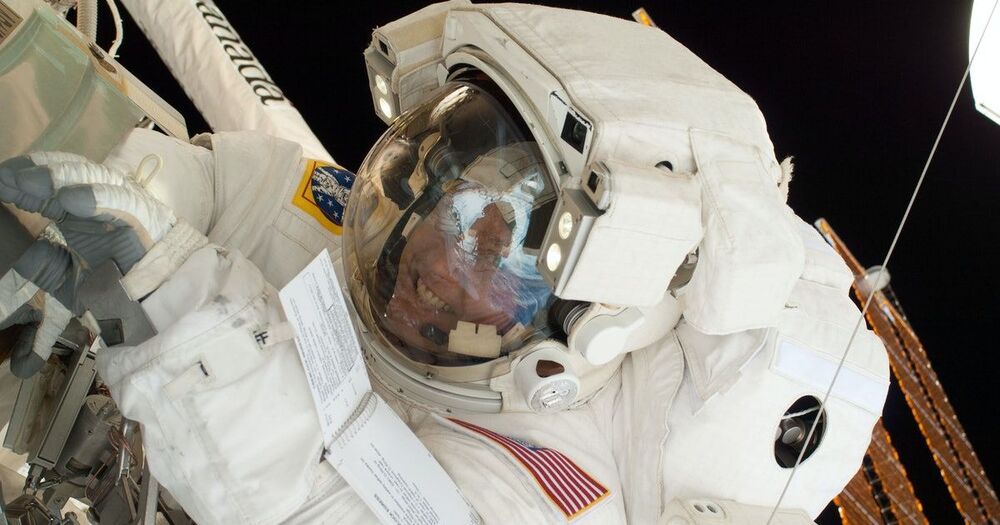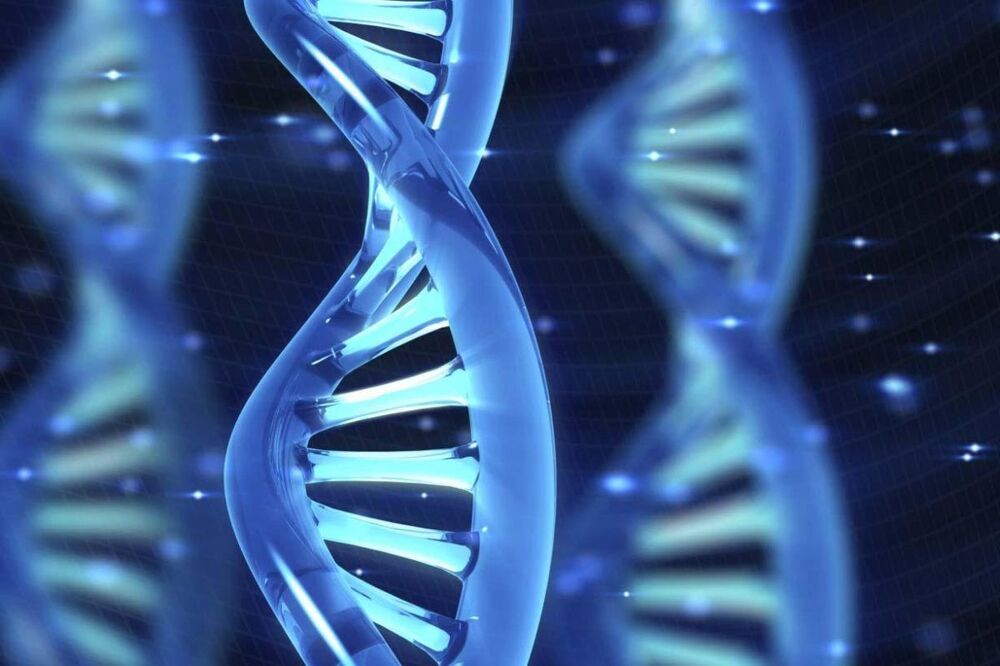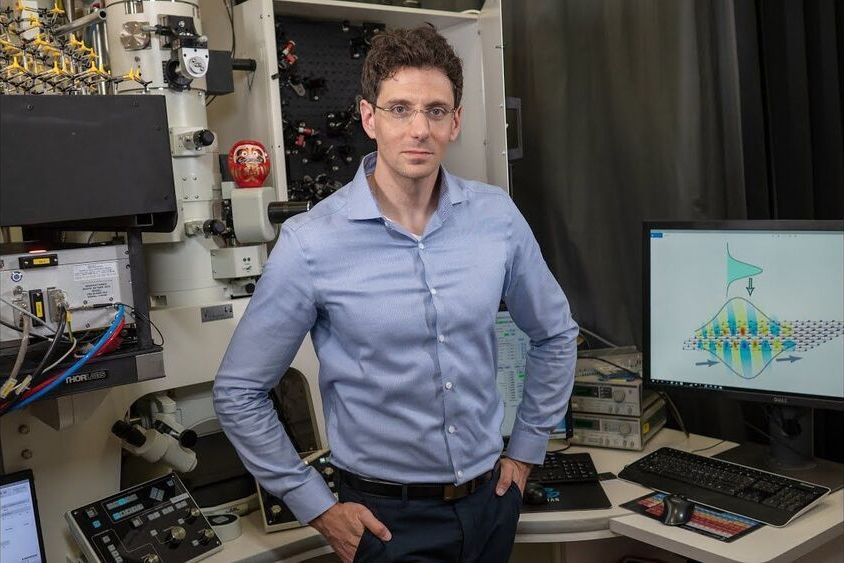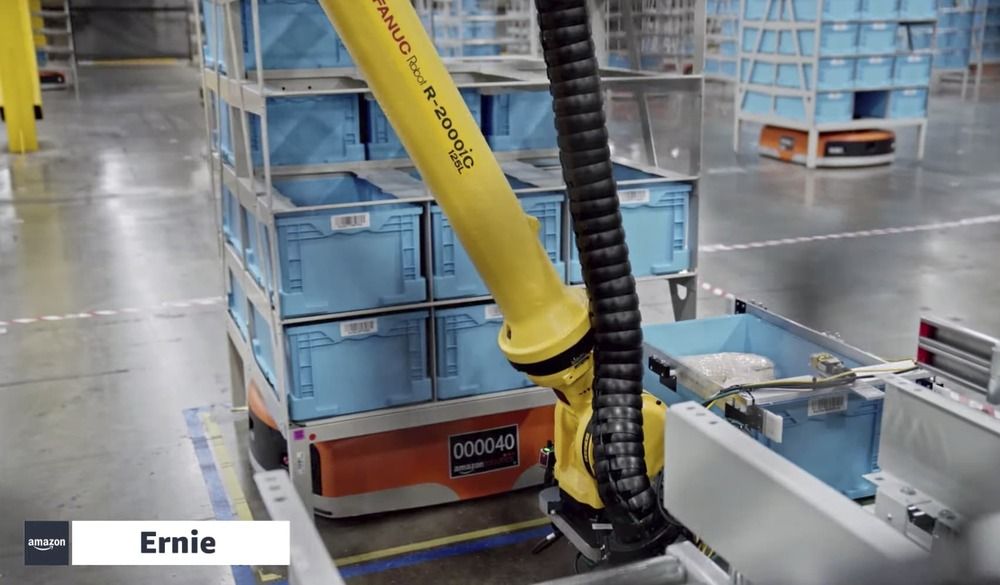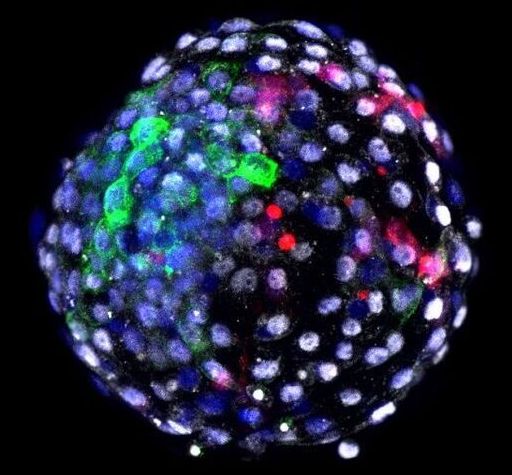
The way the team made the human–monkey embryo is similar to previous attempts at half-human chimeras.
Here’s how it goes. They used de-programmed, or “reverted,” human stem cells, called induced pluripotent stem cells (iPSCs). These cells often start from skin cells, and are chemically treated to revert to the stem cell stage, gaining back the superpower to grow into almost any type of cell: heart, lung, brain…you get the idea. The next step is preparing the monkey component, a fertilized and healthy monkey egg that develops for six days in a Petri dish. By this point, the embryo is ready for implantation into the uterus, which kicks off the whole development process.
This is where the chimera jab comes in. Using a tiny needle, the team injected each embryo with 25 human cells, and babied them for another day. “Until recently the experiment would have ended there,” wrote Drs. Hank Greely and Nita Farahany, two prominent bioethicists who wrote an accompanying expert take, but were not involved in the study.
